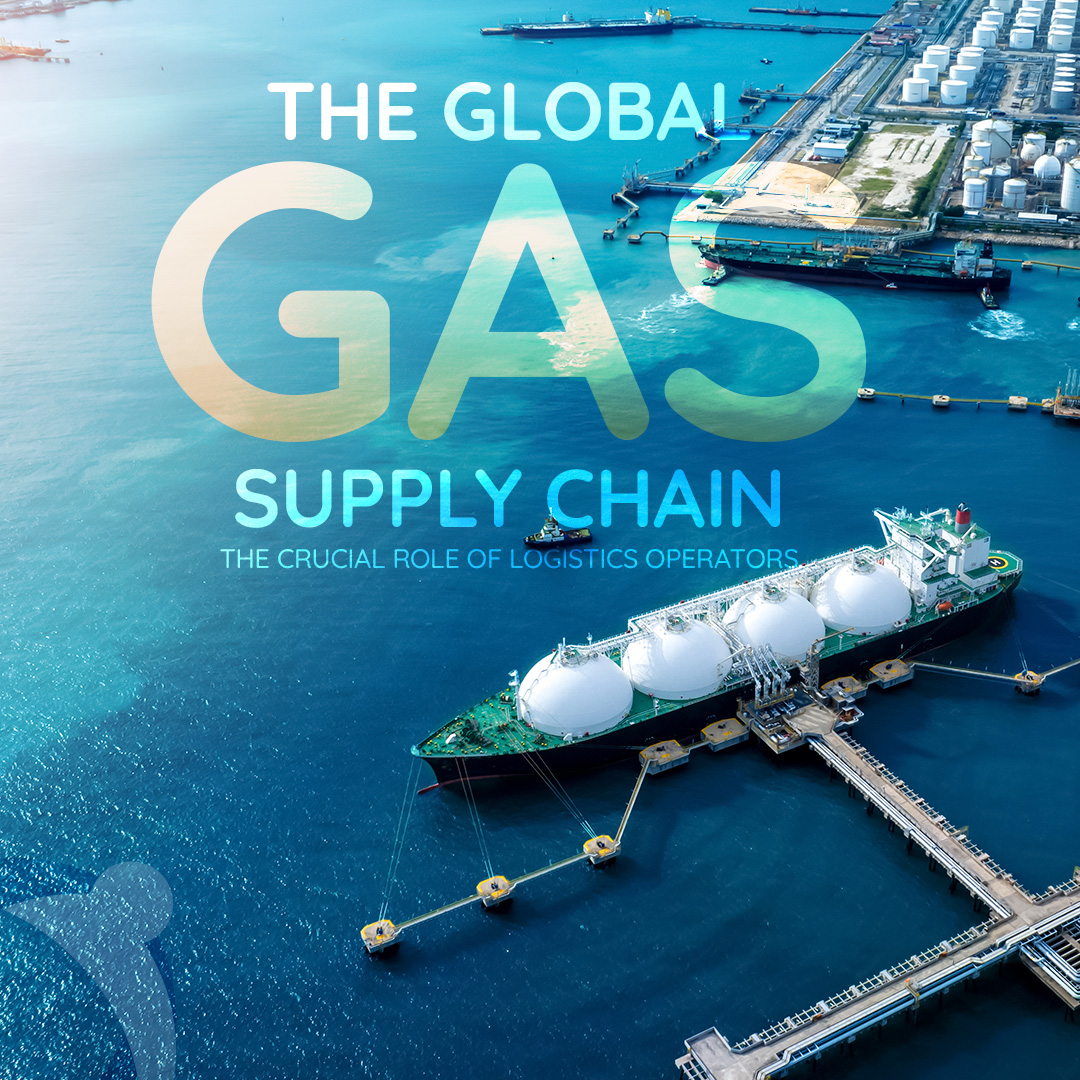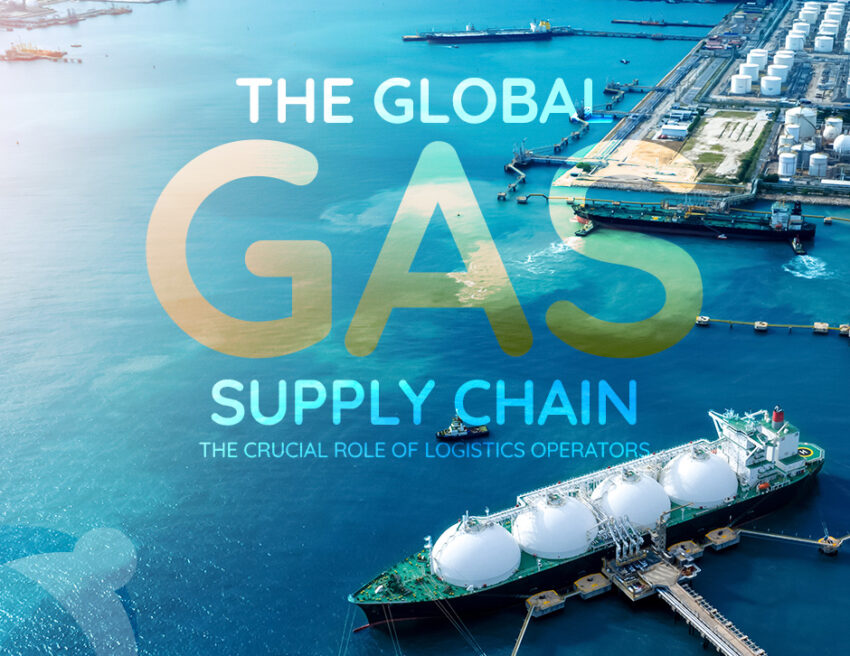Picture this: It’s a frosty winter morning, and you’re huddled under your blanket, savoring that first cup of coffee while your home is cozily heated. Now, imagine if halfway through your coffee, the heat shuts off. Why? Because the gas supply didn’t make it in time. Suddenly, that cozy morning feels like a scene from a survival movie, right? That’s how crucial the smooth flow of gas is to our everyday lives—and behind this invisible yet essential service is the unsung hero: logistics.
The logistics of gas supply isn’t just about trucks moving from point A to point B. It’s a finely-tuned orchestra of supply chain management, where one hiccup could mean a factory halting production, or a city block shivering in the cold. According to recent industry data, the global demand for gas is set to peak by 2030. That means more gas, more transportation, and a lot more opportunities for things to go wrong—unless, of course, logistics professionals are there to save the day.

But don’t worry; you don’t need to be a superhero to navigate the complexities of gas logistics. In this blog, we’ll dive into the role logistics plays in ensuring the steady flow of gas, the challenges the industry faces (like fluctuating prices, unpredictable weather, and regulations that seem to pop up overnight), and tips for freight forwarders to keep everything running smoothly—because no one wants to be the one responsible for turning off the heat!
Understanding the Gas Supply Chain
The gas supply chain begins at extraction sites, typically in offshore or onshore locations, where raw natural gas is harvested. From there, it undergoes processing and refining before being transported through pipelines, liquefied natural gas (LNG) terminals, or via specialized vehicles. Finally, it reaches consumers such as industries, energy companies, or households. Each stage in this process requires precise coordination to avoid disruptions, ensure safety, and meet regulatory standards.
Interesting Fact:
Did you know that natural gas powers more than 30% of the world’s electricity? And with the growing emphasis on cleaner energy, natural gas consumption is expected to rise by 40% over the next two decades.
The Importance of Industrial Gas Supply Logistics
Logistics is the lifeblood of the gas supply chain. Without efficient logistics, it would be impossible to maintain the continuous flow of gas required to meet global energy demands. The transportation, storage, and delivery of gas require specialized infrastructure, regulatory compliance, and careful handling due to its volatile nature.
A well-oiled gas logistics system helps ensure energy security, stabilize prices, and manage the flow of this precious resource. Here are some of the key aspects that make logistics in the gas supply chain so crucial:
- Maintaining Supply Continuity
Logistics teams must ensure that gas is delivered without interruption, regardless of distance or external challenges like geopolitical events or extreme weather conditions. This requires meticulous planning and coordination between multiple stakeholders across the supply chain. - Cost Optimization
Transportation of gas, especially over long distances, can be expensive. By optimizing routes, reducing idle times, and maintaining energy-efficient transportation, logistics managers can significantly reduce operational costs, contributing to stable energy prices for consumers. - Risk Management
The handling and transportation of gas involve numerous risks, from accidents to supply shortages. A robust logistics strategy with contingency plans in place helps mitigate these risks, ensuring the safe and timely delivery of gas. - Demand Forecasting and Inventory Management
Gas consumption patterns can be volatile, depending on weather conditions, industrial needs, or geopolitical changes. Accurate demand forecasting and inventory management are essential to ensure sufficient supply without incurring excess storage costs.
Challenges in Gas Supply Logistics
As critical as logistics is in the gas supply chain, it is also fraught with challenges. Some of the most pressing hurdles include:
- Geopolitical Influences
Gas supply routes often cross international borders, subjecting them to the influence of political tensions, trade restrictions, or diplomatic disputes. Geopolitical issues can lead to supply disruptions, increased costs, or even sudden changes in the flow of gas. - Volatile Fuel Prices
The cost of fuel itself is highly volatile. As prices fluctuate, logistics companies must constantly adjust their operations to maintain cost efficiency. A sudden spike in fuel costs can severely impact transportation budgets. - Infrastructure Gaps
Many regions, particularly in developing countries, lack the necessary infrastructure for efficient gas transportation and storage. This can lead to delays, increased transportation costs, and challenges in meeting demand. - Regulatory Compliance
Gas is a highly regulated industry, and logistics providers must comply with various safety and environmental regulations. These regulations differ across countries and regions, making it difficult for logistics teams to ensure full compliance without incurring additional costs or delays.
Solutions for Overcoming Gas Supply Logistics Challenges
While the challenges are significant, there are effective strategies that logistics teams can adopt to improve the efficiency and resilience of the gas supply chain:
- Invest in Technology
Advanced technologies such as GPS tracking, real-time data analytics, and IoT-enabled sensors can help logistics teams monitor and optimize every step of the supply chain. For example, sensors can track gas levels in storage tanks, enabling precise inventory management and reducing the risk of shortages. - Strategic Partnerships
Building strong partnerships with carriers, suppliers, and technology providers can enhance logistics efficiency. For instance, collaborating with regional carriers familiar with local regulations and infrastructure can streamline transportation and reduce delays. - Sustainability Practices
With the global push toward sustainability, logistics providers must find ways to reduce the carbon footprint of their operations. This can be achieved by optimizing transportation routes, investing in fuel-efficient vehicles, and adopting greener energy solutions. - Flexible Supply Chain Design
Logistics teams need to design flexible supply chains that can adapt to sudden changes in demand, fuel prices, or geopolitical conditions. This could involve diversifying transportation routes, increasing storage capacities, or maintaining backup suppliers.
Tips for Freight Forwarders in Gas Supply Logistics
If you are a freight forwarder looking to improve your involvement in the gas supply chain, here are some tips to keep in mind:
- Stay Updated on Market Trends
The gas industry is ever-evolving, with new technologies, regulations, and market trends constantly emerging. Stay informed about these changes so you can anticipate demand fluctuations and adapt your logistics strategies accordingly. - Leverage Digital Tools
Use logistics management software to track shipments, manage inventory, and optimize transportation routes. Digital tools provide real-time visibility into the supply chain, allowing you to address issues before they become disruptions. - Build Long-Term Relationships with Carriers
The success of gas supply logistics hinges on strong relationships between freight forwarders and carriers. By fostering open communication and trust, you can negotiate better rates, improve delivery timelines, and ensure reliable service. - Focus on Safety and Compliance
Gas is a hazardous material, and safety should be your top priority. Ensure your operations comply with all safety regulations and train your team on best practices for handling and transporting gas. Additionally, stay updated on international regulations to avoid fines and delays. - Adopt a Proactive Approach to Risk Management
Given the many risks involved in gas logistics, it’s essential to have a proactive risk management strategy. This includes identifying potential threats, such as supply chain disruptions or regulatory changes, and implementing contingency plans to minimize their impact.
Conclusion: Fueling the World, One Shipment at a Time
Gas supply logistics is a highly complex and vital aspect of the global energy landscape. Freight forwarders and logistics teams play an instrumental role in ensuring the continuous flow of gas that powers industries and homes worldwide. By understanding the challenges, leveraging technology, and building strong partnerships, logistics providers can enhance supply chain efficiency and contribute to global energy security.
In the fast-paced and ever-changing world of gas supply, logistics professionals must be adaptable, forward-thinking, and committed to delivering excellence at every step of the supply chain. After all, the energy that runs the world depends on it.


